We all want to fit more adventure into our lives. How many evenings have you spent at home, scrolling through other people’s adventures on social media, wishing you had spent less time chasing life and more time living in the moment? That youthful vagabond inside you that has to be suppressed daily could be the key to making the most out of your summer. Microadventures are short, local adventures that don’t require all the logistical undertaking of a longer trip. These adventures, coined by U.K. adventure writer Alastair Humphreys, are designed to fit into the 5-9, those 16 hours between working days.
Travel restrictions in the past couple of years have seen a rise in local area appreciation, but just because we’re allowed to travel further away from home, we shouldn’t forget the beauty that we can find right on our doorstep. This summer, you might be planning a multi-week thru-hike or a rafting trip down the Grand Canyon. These big-calendar occasions are no doubt going to be the highlight of your summer, but you can keep your passion for adventure burning on other weekends or weekdays by fitting in microadventures around your work life. Here are 10 ideas to make sure you keep getting outside this summer.
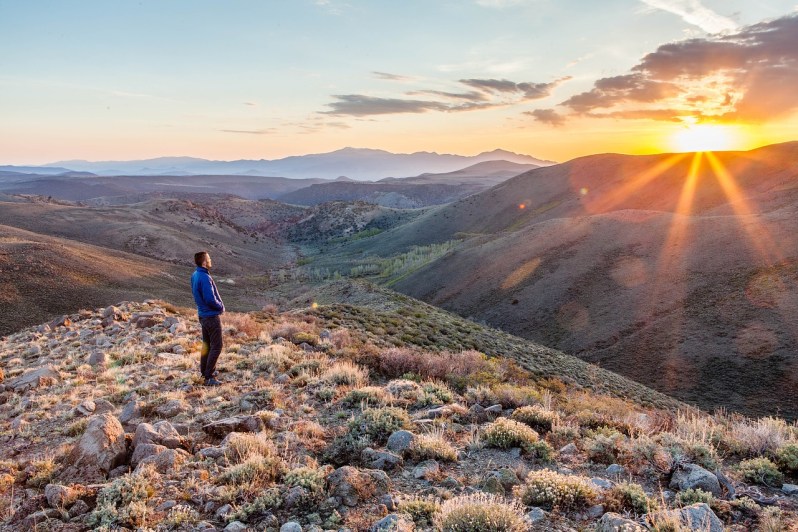
1. Climb your Local Hill
Anything on your doorstep is easy to overlook, and many people have local hills on their doorsteps that they have never walked up. Take a picnic with you in a backpack cooler and sit at the top, taking in the views down across your town. See if you can pick out your house and other locations, like your favorite bar or bookshop. If you’ve been up your local hill plenty of times before, try putting a new twist on it. Go at night or in the evening, camp at the top, and return home in the morning.
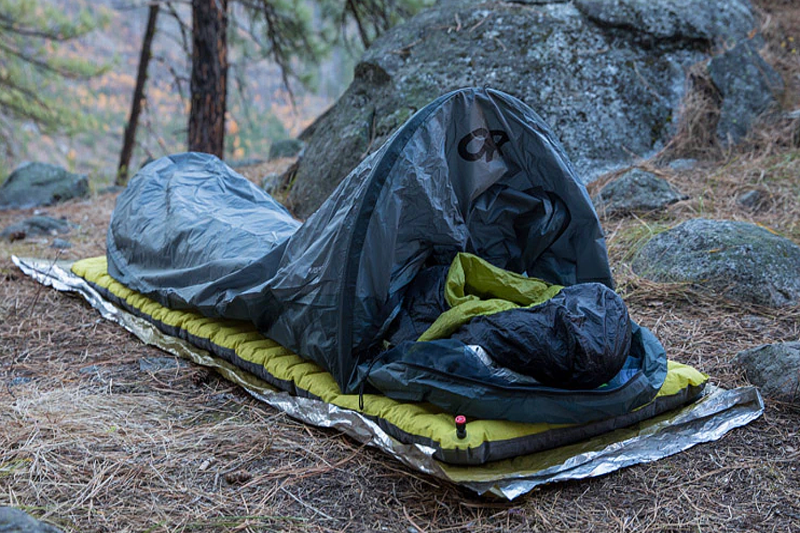
2. Pick a Point on a Map
It’s a ridiculous cliche from films, throwing a dart at a map and heading wherever it lands. On a less random scale, this is a great way to explore new areas. Pick a point on a map and go there with either your tent or bivvy for the night. You can use a random grid reference, get a friend to pick, close your eyes and point at the map, or use the age-old dart trick. If it’s up a hill, take hiking boots. If it’s on a beach or next to a lake, go for a walk around the lake or take your kayak. We recommend picking again if your chosen point is dangerous, impossibly hard to get to, or if you would have to invite yourself into someone else’s house.
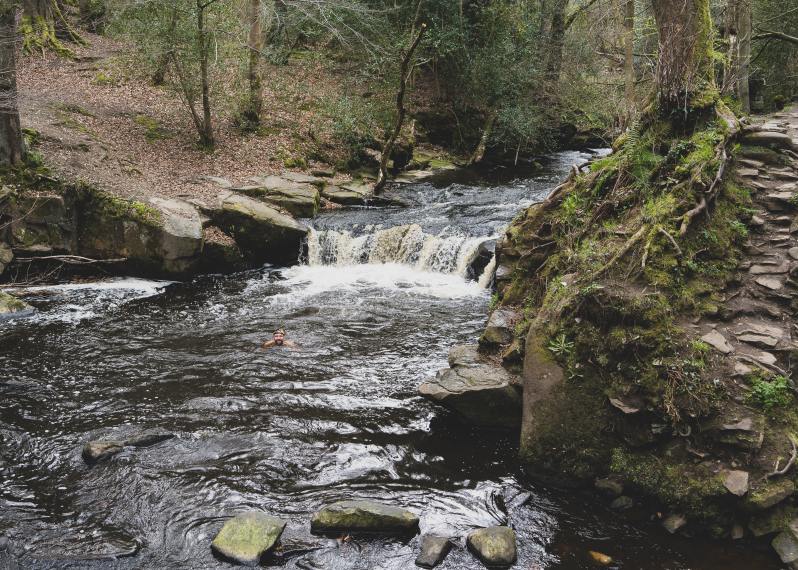
3. Go Wild Swimming
Take a swim in a river or a lake. Wild swimming can be a stand-alone microadventure or part of a hike or camp. This could be right by your house, or you could fill your backpack and hike into a secluded spot to go swimming. Wild swimming has exploded in popularity in the past few years and whether you swim for health reasons or just as a way to relax, it can be a perfect way to wake up and enliven your senses after a long day at work.
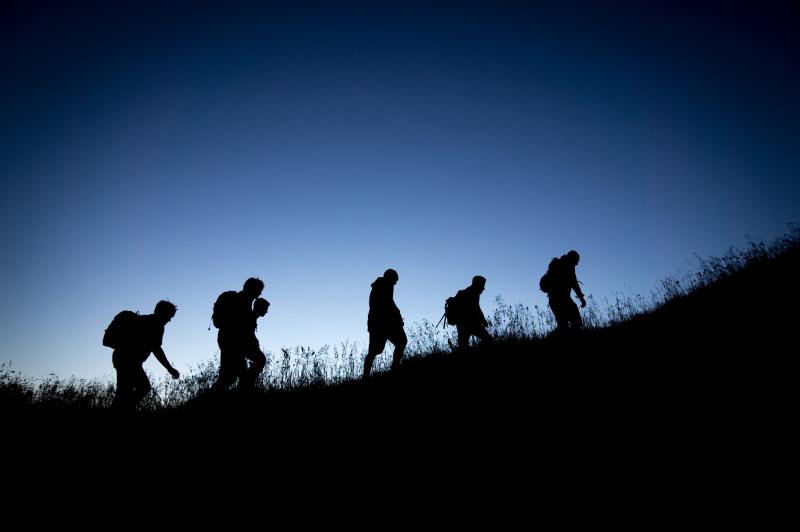
4. Hike Under a Full Moon or Go Stargazing
You may have hiked the trails around your house hundreds of times, but have you ever hiked them by the light of a full moon? On a clear night, a full moon can provide more than enough light to walk under and it can make a familiar area look completely different. Take your time and slow down on the trails, enjoying the serenity of
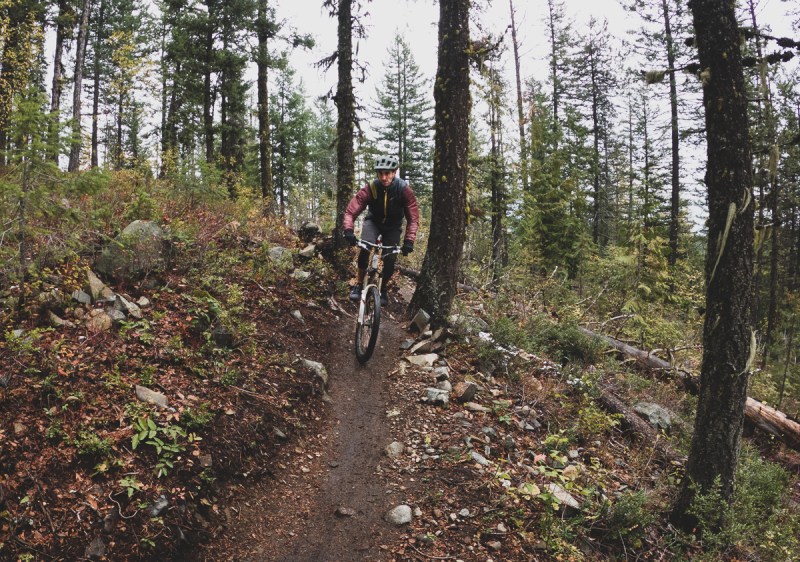
5. Take the Train Somewhere Wild and Bike Back
See a whole new local area by putting your bike on the train and taking it as far as you feel you can cycle back. By starting your journey further away from home, you don’t limit yourself to having to ride a loop and you’re pretty much guaranteed to see new things along the way. You can do this in an evening, a whole day, or even pack up a bivvy bag and turn it into a short bikepacking trip.
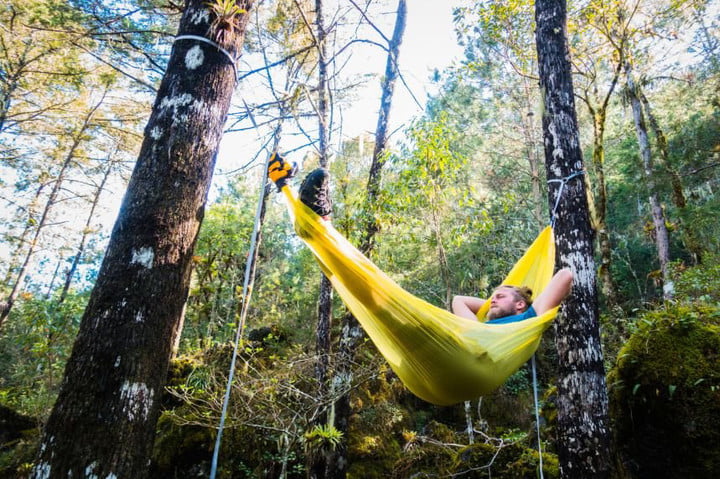
6. Sleep in a Hammock
If you’re a hammocking novice, we cannot recommend them enough for camping. Sure, we love sleeping in a tent or bivvy, but there’s something magical about swinging between the trees as you fall asleep. Your hammock doesn’t have to be anything too over-engineered, either. You can use the most basic hammock for sleeping, so long as you find the right spot. If you think it might rain, take a tarp with you, or throw your bivvy bag over your sleeping bag in your hammock. That way you can still look up at the stars, but don’t have to worry about the rain.
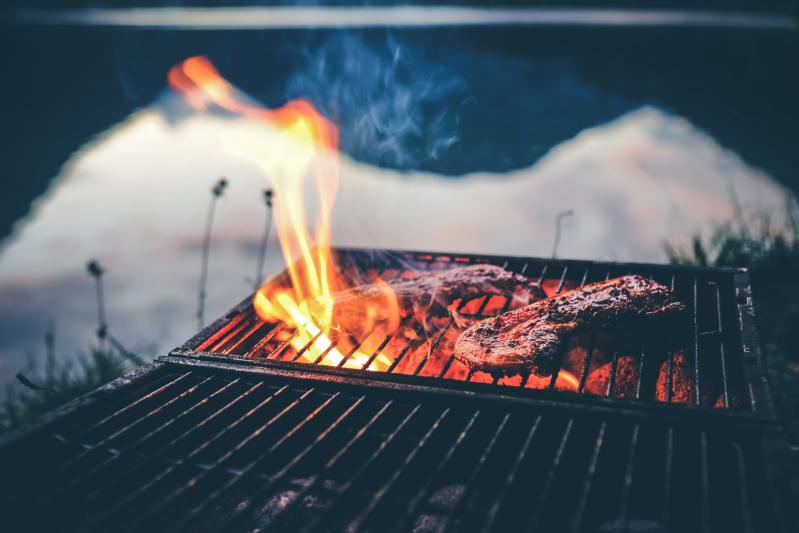
7. Cook on an Open Fire
If you’ve never cooked anything more adventurous than a s’more or a sausage on your fire, we challenge you to give it a go. There are loads of great
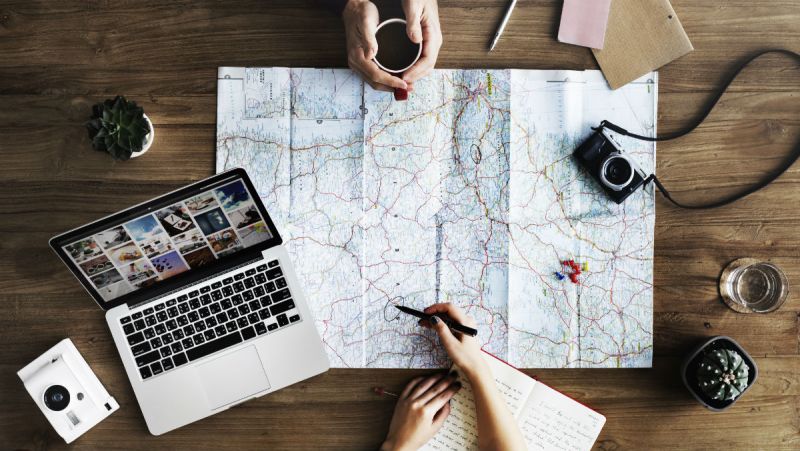
8. Make Your Own Journey
Pick two points and make a journey between them. These points could be completely arbitrary, or they could have meaning — it doesn’t matter. Follow the course of a river, draw a radius around your house and follow the line as closely as possible, or go off-track up a hill. Alternatively, head out the door and make it up as you go. Whatever your journey, make it different and make it adventurous. You’ll see things differently, or see new things altogether.
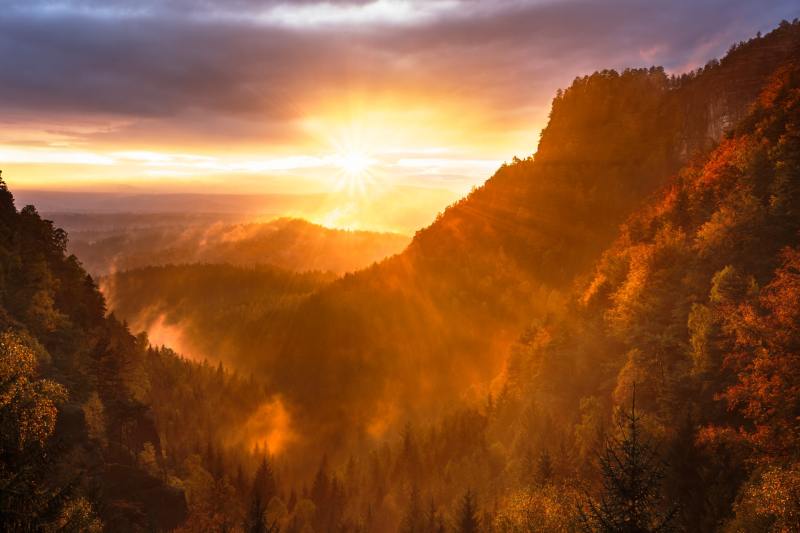
9. Catch the Sunrise
This could either be after a night out in a hammock or bivvy or just making a point of getting up for sunrise before work. This can be hard in summer, especially if the sunrise where you are is about 4 a.m., but there really is no better way to start the day. If you’re heading out
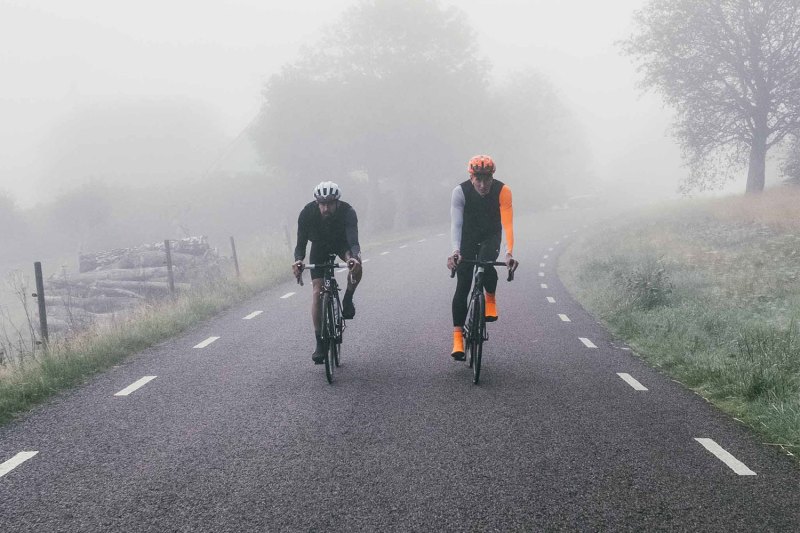
10. Change Up Your Commute
When you’re really hard-pressed for time, sometimes you have to squeeze adventure out of wherever possible. Why not change up your commute to fit in a short dose of adventure on your way to or from work? Walk a different route, drive out a different way, or take the train past your stop and cycle back to see a new area. Whatever you do, try to make as much time count as possible and wake yourself up to the world around you.



